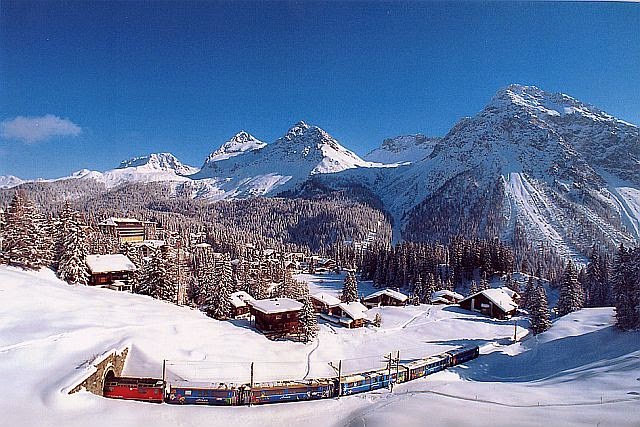GIVERNY, FRANCE
May 30, 2014 – The
Impressionist art movement of the late 19th century required three
main elements to evolve: the popularity of photography, the ever-changing light
of Normandy and the influence of Claude Monet.
Since
1980, travelers, artists and flower lovers alike have immersed themselves in
the vibrant surroundings of Monet’s home and gardens at Giverny.
It
matters little which discipline you prefer, Giverny is infectious. It reaches
deep into your soul. It is impossible to be unaffected by it in some manner. At
Monet’s Giverny, first impressions are lasting impressions, and there are many.
Thanks
to photography, the artist was now able to experiment with light and color by
taking his palette outdoors. Artists of the day sought to create “perceptions
of nature” rather than the precise representations that limited them in the past.
For the artist, painting became a means of expressing emotion and color as an
extension of his soul. Something cameras of the period were unable to do.
.
When
Monet was five years old, his family moved to Le Havre
in Normandy , France
Somewhere
around 1846, Monet met Eugene Boudin, a fellow artist who was painting scenes
in and around the picturesque harbor village
of Honfleur
Without
changing your perspective, a scene can alternate its mood in a matter of
seconds. Little wonder such natural phenomena would inspire the soul of
creativity.
Monet
was thirty-two when he created a painting called Impression Sunrise. Wnen it was exhibited in an art show in Paris
in 1874, art critic Louis Leroy took the first word of the title and
disparagingly call Monet’s work “Impressionism.” Leroy has long since
disappeared from the world of art, but Impressionism lives on today as one of
the major artistic movements in history.
Today,
Impression Sunrise, depicting a landscape in the port of Le Havre ,
hangs proudly in the Musee Marmottan Monet in Paris
Four
years after the death of his beloved wife, Camille, Monet caught a glimpse of
Giverny from the window of a local train while traveling between Vernon Paris
The
house at the time was situated near the main road of town, but it was the barn
that intrigued Monet’s creativity most. For the next several yeas, the artist
converted the long two-story building into a house and studio overlooking his
magnificent gardens. With huge picture windows that opened out to the gardens,
Monet was sheltered from the elements so that he could work in any weather.
What
frequently is overlooked in Monet’s life is that he was a world class
horticulturist. The gardens were his own design and Monet frequently changed
them according to the seasons. So prolific was he in such pursuits that he was
almost as famous for his botanical skills as he was for his painting.
Also
fascinating was the fact that Monet diverted a section of the main river in
order to create his lily pond. The famed Japanese bridge and lily pond, which are
situated across the road from the studio, are accessible by a small connecting tunnel.
Initially
the lily pond was a quiet refuge for Monet until he had an epiphany and
realized it would be an ideal subject for his painting. So infatuated did Monet
become with the lilies, that once “discovered”, he hardly painted anything else
for the remainder of his life.
Upon
his death, Monet’s only son, Michel, inherited the home, gardens and lily pond.
In 1966, Michel bequeathed everything to the French Academy
Giverny
is open daily from March 29th to November 1st in 2013.
Hours are 9:30 am to 6:00 pm with the last admission at 5:30 pm. Regular
admission for adults and seniors is about $12.50, children under seven are free
and tickets for disabled visitors are approximately $6.50. There are also rates
for groups of 20 or more.
In
keeping with Monet’s philosophy, the gardens are regularly changed throughout
the months it is open to visitor.
Claude
Monet was 86 when he died of cancer in 1926. He is buried in Giverny in the
church cemetery.



ClaudeMonet.png)

































